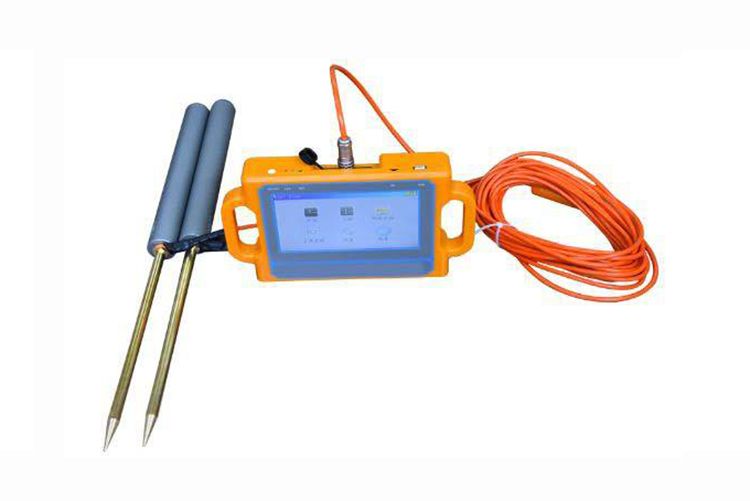

market@chinacoalintl.com
In conducting geological exploration work, various exploration instruments need to be applied. Among them, for groundwater exploration, water finding instruments(water detector) are required.
In the prior art, the commonly applied exploration principles and instruments can indirectly detect the richness, distribution range, orientation and location of groundwater sources by applying electricity to the ground and taking the electrical difference of the underground matter as the physical premise. The resistivity of the water-containing area ranges from tens to more than a hundred ohm meters. However, the metal-containing area also has similar characteristics, so it is difficult to accurately determine the resistivity alone. This will cause useless work to dig for water.
In an embodiment of the water detector , the water detector includes a host, a metal electrode, and a non-polarized electrode. The host includes a receiver and a transmitter. The transmitter is in communication with the metal electrode. The receiver is in communication with the non-polar electrode. The electrode and the non-polarized electrode are respectively connected to the exploration area, and the metal electrode and the non-polarized electrode are spaced apart. The so-called metal electrode and the non-polarized electrode are respectively connected to the exploration area, that is, both of them are inserted into the exploration area. Below the ground surface, with the above settings, in the state where the transmitter of the host sends a current to the metal electrode, using the geological structure between the metal electrode and the non-polarized electrode as a conductor, the non-polarized electrode receives the current signal of the metal electrode, Furthermore, the receiver obtains electrical signal information from the non-polarized electrode, and the host computer analyzes the received electrical signal information to obtain comprehensive data. The comprehensive data obtained include apparent resistivity, apparent polarizability, half-life, attenuation, comprehensive polarization parameters and deviation. In this embodiment, because the receiver is connected to the non-polarized electrode, the above comprehensive data can be obtained. This plays a more accurate role in determining whether there is a water source. This is because the geological components below the surface include a variety of components. Among them, there is no shortage of metal substances. For the detection of water resources, the resistivity of the water-containing area usually ranges from tens to more than a hundred ohm meters, and the metal-containing section also has similar characteristics. Therefore, it is difficult to determine only the resistivity. The higher the increase in the apparent resistivity, apparent polarizability, half-life, and attenuation, the richer the water content. Therefore, using multiple parameters to find water can avoid the multiple solutions of data from a single parameter.
The use of non-polarized electrodes can obtain the above comprehensive data with more parameter information, which has a significant effect on the accuracy and efficiency of using water detector finding water.

© Shandong China Coal Group. © 2017
Address: No. 11, North of Kaiyuan Road, High-tech Zone, Jining City, Shandong Province, China
sales@chinacoalintl.com
Executive Editor: Zhang Wen / Editor: Linda Zhang